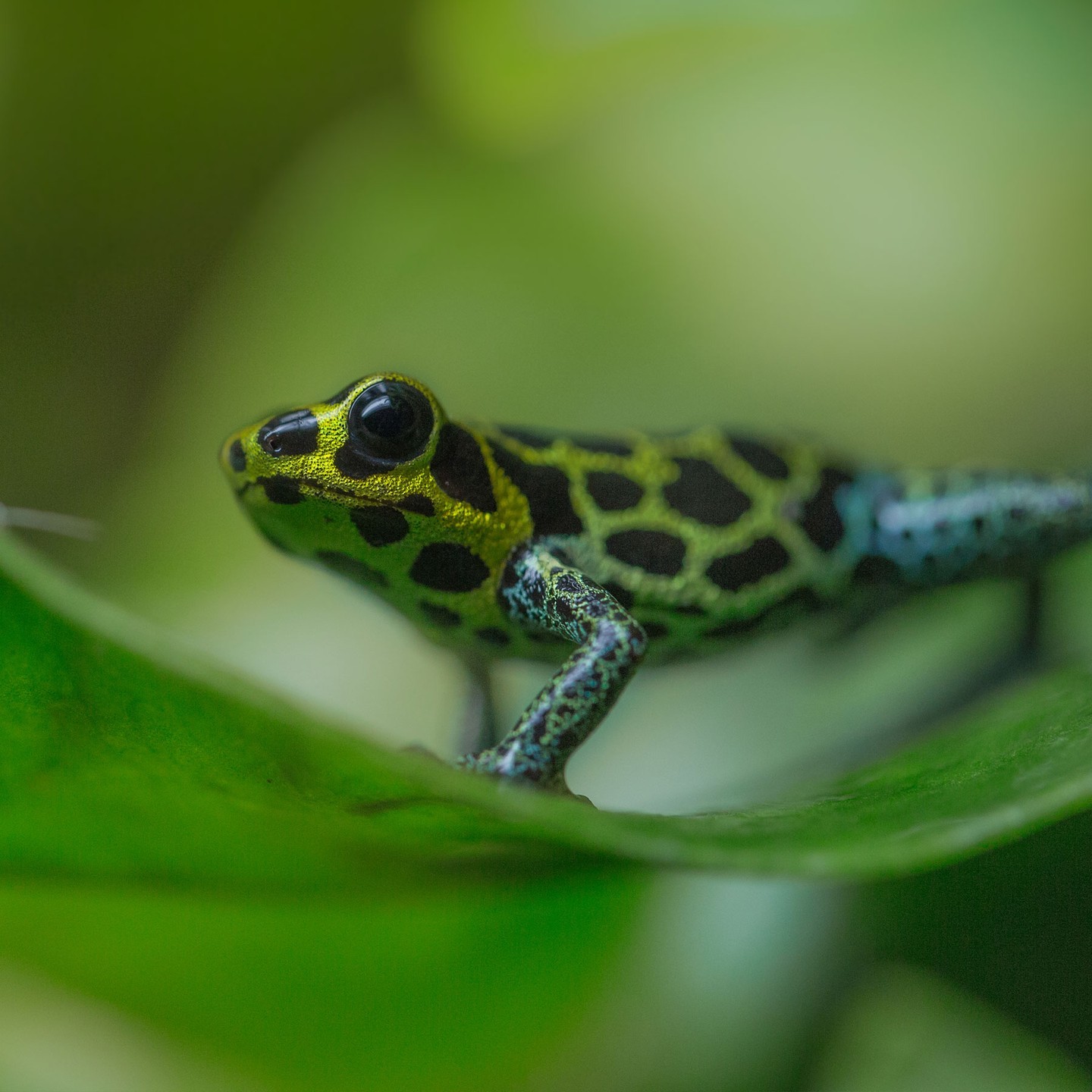– An Introduction to Frogs and Hares as Indicators of Environmental Health
– The Importance of Proper Habitat Management in Zoos
– Advancements in Wildlife Conservation and Their Impact
– Educational Roles of Zoos in Promoting Awareness
– Efforts to Ensure Sustainable Populations of Sensitive Species
In celebration of the vigor and wonders of nature, let’s turn our gaze to some of the most dynamic and environmentally integral animal residents we have today: frogs and their equally exuberant friends, the hares. These creatures enchant us with their boundless energy and quirky behaviors and play critical roles in our global ecosystems.
Starting with frogs and amphibians are often considered bio-indicators due to their permeable skin, which responds rapidly to environmental changes. Because of this, frog populations’ health can reflect their ecosystems’ wellness. Frogs contribute to nutrient cycling and are a key component of the food web. Their tadpoles often graze on algae, limiting algal blooms, while adult frogs help control insect populations, including those that spread diseases to humans, such as mosquitoes.
In preserving these creatures, zoos implement meticulous habitat management, which involves replicating natural environments to support species’ physiological and psychological well-being. The microhabitats created within zoo enclosures offer the right moisture, temperature, and foliage balance. For instance, dart frogs require a moist and warm terrarium with epiphytic plants to simulate their rainforest habitat, while tree frogs thrive in setups that provide vertical space for climbing.
Sustainable zoo practices have embraced advancements in wildlife conservation. This entails breeding programs for endangered species, research on diseases that affect wild populations, and partnerships with local and international conservation initiatives. For instance, the recovery of the Panamanian golden frog, heavily impacted by the deadly chytrid fungus, has seen success through captive breeding and reintroduction efforts, with zoos actively ensuring these efforts are data-driven and genetically informed.
Education plays a pivotal role in the mission of modern zoos. Through engaging exhibits and interactive experiences, zoos connect the public and the natural world. They help the zoo’s visitors understand the intricate life cycle of frogs, from amplexus (the mating embrace of frogs) to the metamorphosis from tadpole to adult. Educational programs often highlight how actions in our daily lives, like herbicide and pesticide usage, can have far-reaching impacts on these sensitive creatures.
Finally, conservation efforts do not stop at the confines of the zoo. They extend to preserving the habitats where these animals are found. Programs aimed at protecting wetlands, forests, and grasslands are vital for the survival of these species. Zoos often participate in or lead initiatives that focus on habitat restoration and protection to ensure the sustainability of wild populations.
As we admire the ribbiting photos of our hippity-hoppity friends, let’s remember our connection to these incredible creatures. Celebrations like these should remind us of our responsibility to the vibrant web of life, where even the smallest frog or hare plays a part in the planet’s health. Fostering an appreciation for wildlife can lead to greater support for conservation efforts, ensuring that these animals continue to thrive for generations. Let’s continue to observe and learn from these fascinating species, as their presence indicates the health of our environment and the effectiveness of our stewardship.
*****
Source Description
We’re celebrating with these ribbiting photos of some of our hippity-hoppity animal residents. 🐸


